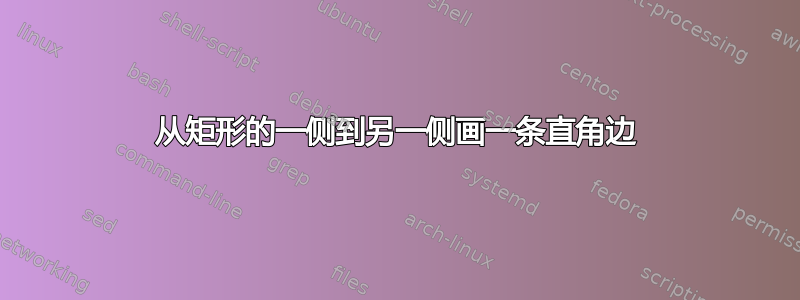
基本上,我正在尝试使用 Tikz 复制下面的图表。
我已经通过 MWE 走到这一步了。
\documentclass{article}
\usepackage{tikz}
\begin{document}
\begin{tikzpicture}[
shorten >=1pt,->,
draw=black!50,
node distance=2.5cm,
%
input/.style={draw=black, circle, fill=black!30, minimum size=1cm},
cell/.style={draw=black, rectangle, rounded corners=3mm, minimum width=3cm,
minimum height=1.5cm, fill=black!10},
%
pre/.style={->, semithick},
post/.style={<-, semithick}
]
\node[cell] (cell) at (0,0) {$R$};
\node[input] (input) [below of=cell] {$x_t$} edge[pre] (cell);
\node[input] (output) [above of=cell] {$h_t$} edge[post] (cell);
%
\draw[pre, bend right=90, rounded corners=5pt] (cell.east) to (cell.west);
\end{tikzpicture}
\end{document}
我无法实现的是从矩形右侧到左侧的直角箭头。因此,我甚至还没有尝试过从 A 到 h_t 的箭头中的“跳跃”。
答案1
这是提供您想要实现的图像的代码。您可以使用精确的坐标和线宽来玩。
\documentclass{article}
\usepackage{tikz}
\begin{document}
\begin{tikzpicture}[
shorten >=1pt,
draw=black!50,
node distance=2.5cm,
%
input/.style={draw=black, circle, fill=black!30, minimum size=1cm},
cell/.style={draw=black, rectangle, rounded corners=3mm, minimum width=3cm,
minimum height=1.5cm, fill=black!10},
%
pre/.style={->, semithick},
post/.style={<-, semithick}
]
\node[cell] (cell) at (0,0) {$R$};
\node[input] (input) at (0,-3) {$x_t$} edge[pre] (cell);
\node[input] (output) at (0,3) {$h_t$} edge[post] (cell);
%
\draw[rounded corners=5pt] (cell.east) -- (3,0) -- (3,2) -- (0.2,2);
\draw[rounded corners=5pt,->] (-0.2,2) -- (-3,2) -- (-3,0) -- (cell.west);
\end{tikzpicture}
\end{document}
更新:
这更接近您的原始图像。
\documentclass{article}
\usepackage{tikz}
\begin{document}
\begin{tikzpicture}[
shorten >=1pt,
draw=black,
node distance=2.5cm,line width=2pt,
%
input/.style={draw=black, circle, fill=black!30, minimum size=1cm},
cell/.style={draw=black, rectangle, rounded corners=3mm, minimum width=3cm,
minimum height=1.5cm, fill=black!10},
%
pre/.style={->},
post/.style={<-}
]
\node[cell] (cell) at (0,0) {$A$};
\node[input,fill=cyan!40] (input) at (0,-3) {$x_t$} edge[pre] (cell);
\node[input,fill=violet!40,line width=2pt] (output) at (0,3) {$h_t$} edge[post] (cell);
%
\draw[rounded corners=5pt] (cell.east) -- (3,0) -- (3,2) -- (0.2,2);
\draw[rounded corners=5pt,->] (-0.2,2) -- (-3,2) -- (-3,0) -- (cell.west);
\end{tikzpicture}
\end{document}






